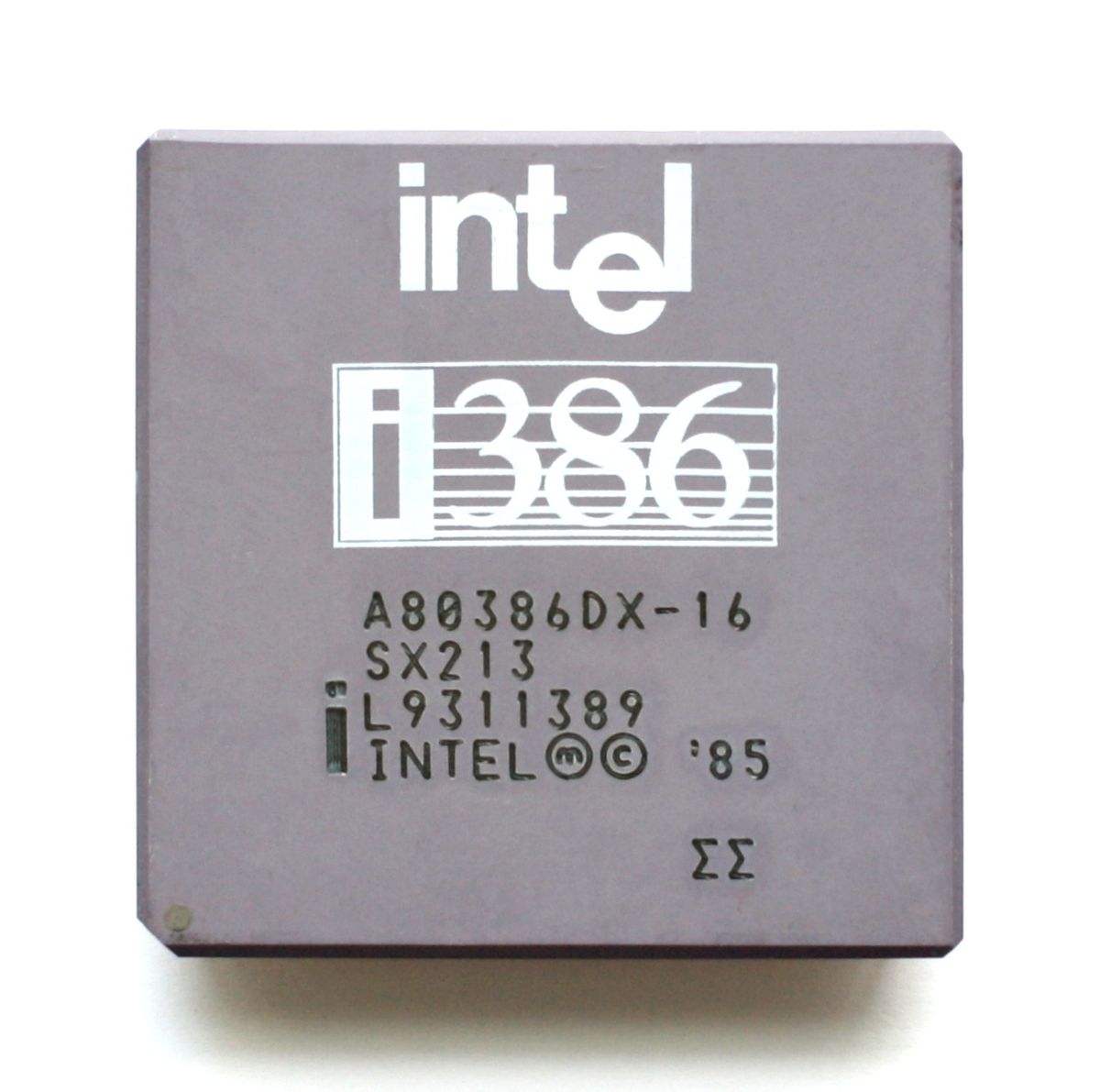Git repos have lots of write protected files in the .git directory, sometimes hundreds, and the default rm my_project_managed_by_git will prompt before deleting each write protected file. So, to actually delete my project I have to do rm -rf my_project_managed_by_git.
Using rm -rf scares me. Is there a reasonable way to delete git repos without it?
Maybe you can create a bash function (and add it to your bash config files) that only executes the
rm -rfcommand we have a.gitfile around?function git-rm { if [ -d "$1" ] && [ -d "$1/.git" ] then rm -rf $1; fi }Ah, yes, run a bash file executing
rm -rf $1What could go wrong?
Using rm -rf scares me. Is there a reasonable way to delete git repos without it?
I don’t know what to tell you, that’s the command you need to use.
If you’re that worried you’re going to nuke important stuff, make backups, and don’t use
sudofor user files.If you’re scared to do
rm -rf, do something else that lets you inspect the entire batch of deletions first. Such as:find .git ! -type d -print0 | xargs -0 -n1 echo rm -fvThis will print out all the
rm -fvcommands that would be run. Once you’ve verifid that that’s what you want to do, run it again withoutechoto do the actual deletion. If you’re scared of having that in your history, either use a full path for .git, or prepend a space to the non-echo version of the command to make it avoid showing up in your shell history (assuming you have ignorespace in your HISTCONTROL env var)Cd into the directory first, then run rm -rf, then cd back out and rm -r just the directory.
You can use
ls <PATH>first to check you are deleting the right files. I do this and I’ve never accidentally deleted the wrong files (using rm).git rebase doesn’t work?
OSX - mv my_project ~/.Trash
its a bit verbose but my preference is rm -r --interactive=never directoryname
i really try to avoid rf for myself
If you’re that worried, why not run chmod -R u+w .git inside the project dir to “un write-protect” the files, then just ascend to the directory containing the project dir (cd …) and use rm -r without -f?
The force flag (-f) is the scary one, I presume?
A tip I saw some time ago is to do:
rm folder -rfAdditionally you could move the git folder to the trash folder. I think it’s usually located at $HOME/.local/share/trash/files/
Then you can delete it from the trash once you’re certain you got the right folder
Additionally you could move the git folder to the trash folder. I think it’s usually located at $HOME/.local/share/trash/files/
Moving something to the trash files folder isn’t the correct way to trash it, since the Trash specification requires storing some metadata for each trash item.
You should use eg.
trash-cliinstead.xdg-trash
The problem is that
rm -rfshouldn’t scare you?What are the chances something like
~/projects/some-project $ cd .. ~/projects $ rm -fr some-projectmay delete unexpected stuff? (especially if you get into the habit of tab-completing the directory argument)
deleted by creator
Use rm -rf. If you are scared of mistakes, type
echo rm -rf nameofdirectory, check it, go back, delete theechoand press enter.use relative paths (cd into the directory below your repository) and use tab completion, and you won’t have problems.







